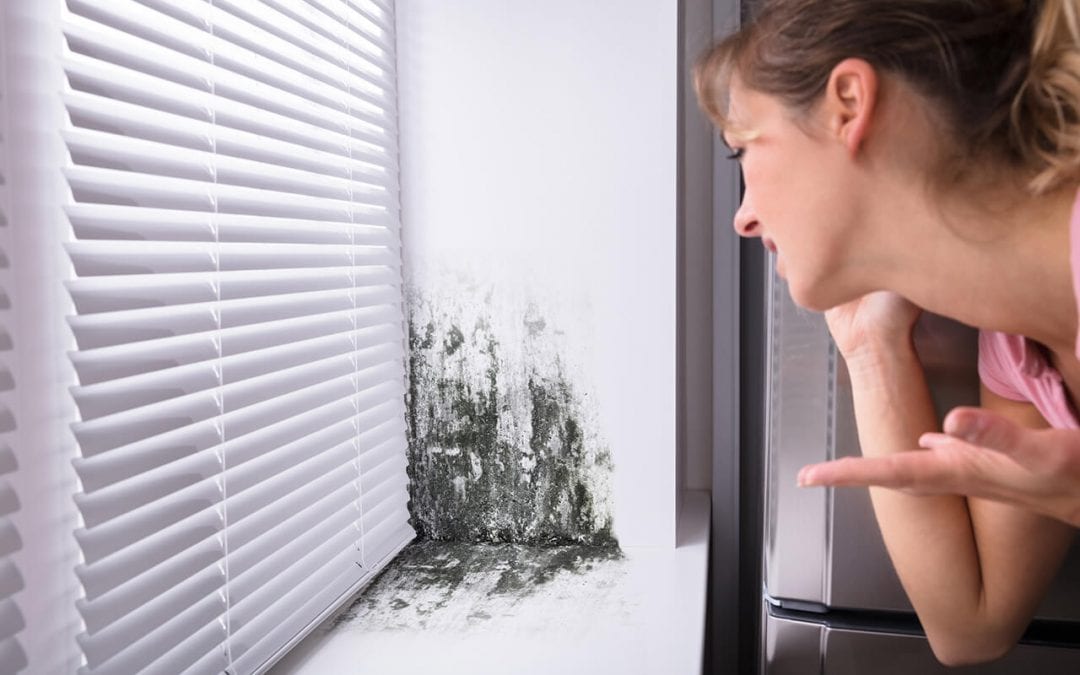Mold is a natural organism that can thrive in a wide range of environments, including your home. Identifying the signs of mold growth in your home is critical so you can take action to prevent additional damage and health effects.
Learning About the Signs of Mold Growth In Your Home
Mold typically has a greenish or black color when it grows in the home. It creates a splotchy and even fuzzy appearance. The unsightliness of mold growth in your home is only one of the reasons to get rid of it as soon as possible.
Exposure to mold can result in numerous health symptoms, and because mold causes degradation of organic materials, it can also lead to property damage. Look out for these possible signs of mold growth in your home.
1. Obvious Areas of Growth
When mold covers a large, visible area, it is easier to identify. It often grows in darker and moist areas, such as under a sink with a slow leak or on bathroom walls in areas with poor ventilation. You may be inclined to start scrubbing these areas with bleach, but first, you should find out what kind of mold it is. Toxic black mold spores disperse into the air when they are disrupted, causing it to spread and cause more health issues.
2. A Musty Odor
Most types of mold and mildew have an identifiable, musty smell. In some cases, it may be faint or intermittent, like if mold is growing in your air vents. You may also notice the smell of mold in one room or throughout the home on a regular basis. If you aren’t sure what it smells like, think of rotting wood or wet socks.
3. Lingering Health Issues
While not everyone develops health issues when exposed to mold, many people have at least mild symptoms. In some cases, symptoms are severe and can cause long-term complications. These symptoms may include headaches, a fever, a skin rash, fatigue, sneezing, coughing and more.
These are common symptoms that may indicate a wide range of health issues. If you or another home occupant experiences these symptoms for a lengthy period of time or if they get worse at home, it makes sense to suspect mold growth in your home.
4. A Water Leak or Flooding
Because mold prefers to grow in moist areas, any water issue should be addressed regardless of how minor it may seem. Water issues include plumbing leaks, roof damage, flooding from a bad storm, and other events. Keep in mind that the possibility for mold growth will increase if water or high humidity lingers for more than a few hours.
Mold can grow in many locations in any home. It may grow in visible areas or in hidden areas, such as in between walls or in air ducts. If you see any of these common signs of mold growth in your home, schedule a professional test as soon as possible.
Blue Knight Home Inspections provides home inspection services to Central and South Texas. Contact us to schedule an appointment for our services.

